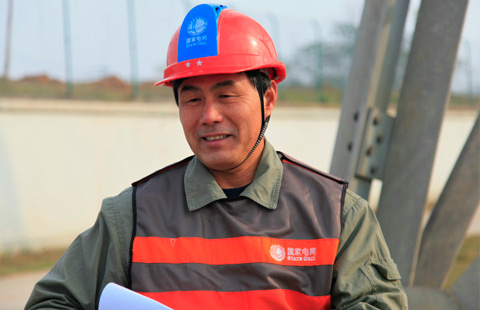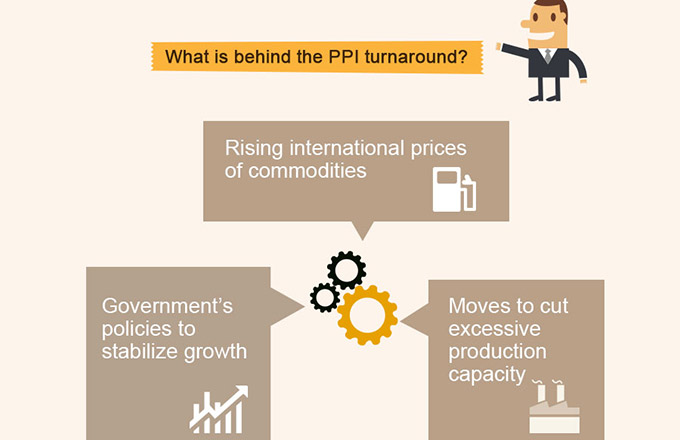Key tasks for China's supply-side structural reform
It has been one year since supply-side structural reform was first mentioned at China's top government economic meetings last November.
The central tenet of the reform is to rebalance the Chinese economy from the investment/export driven to a more balanced and long-term growth model, so that its growth could be more sustainable, healthy and environmentally friendly.
Significant progress has been made in various aspects in the past year.
For example, one of the five major tasks for 2016 -- reducing overcapacity witnessed satisfactory outcomes.
China has "basically" achieved this year's steel and coal capacity reduction goals, according to a State Council statement released in November.
China has vowed to cut steel capacity by between 100 and 150 million tons by 2020, including 45 million tons in 2016. This year's coal reduction target is 250 million tons.
Meanwhile, bureaucracy and administrative obstacles have been widely removed and private investment and real economy effectively promoted.
Since the revised central government pricing catalogue became effective in January, the number of items subject to price controls has been reduced by 80 percent, thus the market, rather than the government, is playing a greater role in the Chinese economy.
Apart from these accomplishments, more efforts are needed to further implement the supply-side structural reform.
Firstly, demand side, as important as the supply side, should be given equal attention.
However, in reality, particularly during the first few months of the reform, some media outlets and scholars gave overwhelming attention to the supply-side, while leaving aside the demand-side.
This could be misleading and could cause negative impacts on the effectiveness of the reform, and care should be taken to avoid the macro management strategy moving from one extreme to another extreme.
Secondly, efforts should be made to ensure the well-being of those affected by the reform.
Given the current reform proposals, particularly those relating to cutting overcapacity, it is inevitable that a large number of workers in the inefficient industries will lose their jobs.
In order to address this issue, the Chinese central government introduced a new settlement scheme to subsidize laid-off workers.
These measures are temporary, and innovative solutions are needed in the long run, so as to minimize the negative impact on the labor market and maintain social stability.
Thirdly, maintaining financial stability should be given top priority.
Financial stability is of crucial importance for economic growth. Given that the Chinese growth is slowing down, and further exacerbated by the tasks of reducing over-capacity in the following years, it may become more often to experience corporate bankruptcy or bond defaults.
As such, financial stability should be given the dominant attention and related macro and micro measures implemented more thoroughly and effectively.
Only then could the supply-side structural reform in the Chinese economy achieve a complete success.























